More info
Find Travel Agents Near You
Oro Province, also known as Northern Province, is a diverse region in northeastern Papua New Guinea. Known for its volcanic fjords, coral-rich coastlines, and rainforest-covered mountains, it supports a wide range of ecosystems and species, including Queen Alexandra’s birdwing, the largest butterfly in the world.
The region has strong historical ties, particularly to World War II. It’s the starting point of the Kokoda Track, a famous multi-day trek retracing a wartime route through the Owen Stanley Range. Coastal villages like Buna and Gona still hold relics and stories from this era.
Popondetta, the provincial capital, is the gateway to the region’s inland and coastal experiences. Travellers often begin their journey here before heading to Kokoda, visiting local communities, or exploring natural sites such as the fjords of Tufi.
Located between the Solomon Sea and the Owen Stanley Range, Oro Province spans approximately 22,800 square kilometres and has a population of approx. 186,000 people. The province is divided into two districts: Ijivitari and Sohe.
Its geography includes mangrove-lined coasts, lowland rainforests, coral reefs, and volcanic highlands. This ecological variety shapes the local way of life and supports nature-based tourism throughout the province.
Mount Lamington, an active volcano near Popondetta, remains a prominent natural feature and is part of the province’s environmental identity.
Popondetta is the capital of Oro Province in Papua New Guinea. It’s a relaxed, practical town that acts as the region’s main centre for government services, supplies, accommodation, and local markets. While it’s not a major tourist destination in itself, it plays a key role in supporting travel throughout the province.
The town is home to Girua Airport, which offers regular flights connecting Oro to Port Moresby. It also serves as the starting point for road travel to Kokoda Station, making it an essential hub for trekkers walking the historic Kokoda Track.
Located inland but not far from the coast, Popondetta sits against a scenic backdrop of forested highlands. From here, visitors can travel easily to the fjords of Tufi, coastal villages, or mountain communities deeper in the Owen Stanley Range.
The history of Oro Province is as layered as its landscapes. From the early 20th-century gold rush in the Yodda Valley to the intense World War II battles and the natural disaster that followed, the region has been shaped by both human and environmental events.
During World War II, Oro Province became a key battleground in the Pacific campaign. The Kokoda Track and the coastal villages of Buna and Gona saw fierce fighting between Japanese and Allied forces. Today, these sites are recognised for their historical significance, with memorials, preserved relics, and guided experiences helping visitors understand the events that unfolded there.
Not long after the war, the 1951 eruption of Mount Lamington devastated parts of the province, leading to the relocation of the capital to Popondetta. These historical chapters continue to influence the identity of the province, and many local communities pass down stories of wartime and recovery through oral history.
Oro Province, Papua New Guinea is accessible via daily flights from Port Moresby to Girua Airport in Popondetta. From there, public motor vehicles (PMVs) provide local transport to villages and key trekking points such as Kokoda.
To explore the coast and fjords, including remote destinations like Tufi, travellers can arrange charter boats or sea transfers. Local guides are highly recommended for those heading inland or off the main routes, especially for trekking and cultural experiences. Domestic charter flights are also available from Port Moresby via TropicAir. Guests staying at the renown Tufi Dive Resort usually travel by the TropicAir charter flight, which takes in magnificent aerial scenery over the Owen Stanley Ranges.
The dry season, from May to October, is the most popular time to visit Oro Province. Clearer weather makes trekking the Kokoda Track and snorkelling around Tufi’s coral reefs more accessible and enjoyable.
The rainy season, from November to April, brings lush greenery but may cause travel delays or limited access to remote areas. This period also aligns with cultural festivals and Kokoda memorial services, particularly around ANZAC Day in April, offering a meaningful time for history-focused travel.
Ready to experience the unique blend of history, culture, and natural beauty in Oro Province, Papua New Guinea? Start planning your trip with our regional map below.
Need help building your itinerary or learning more about what’s possible? Contact us directly, we’re here to help you make the most of your visit to PNG.
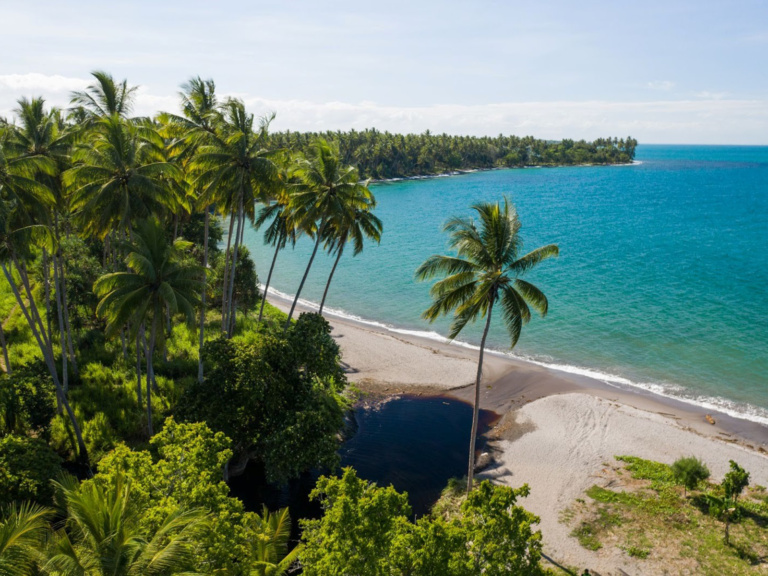
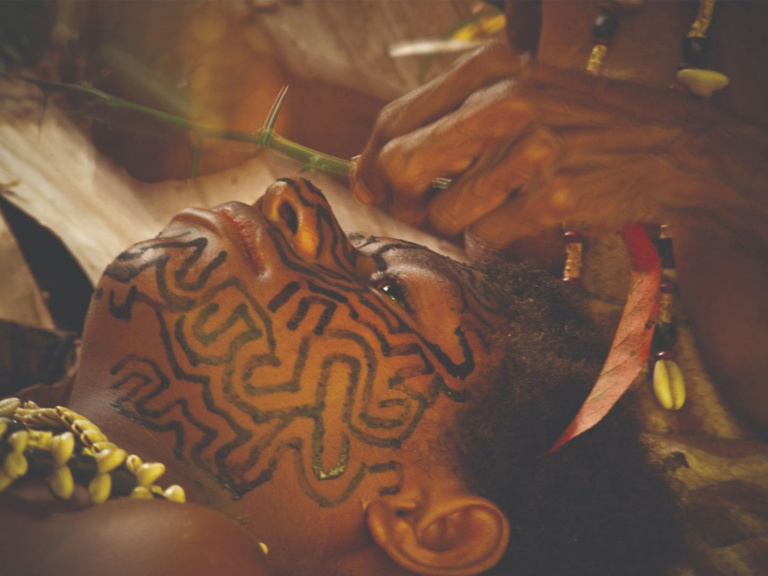


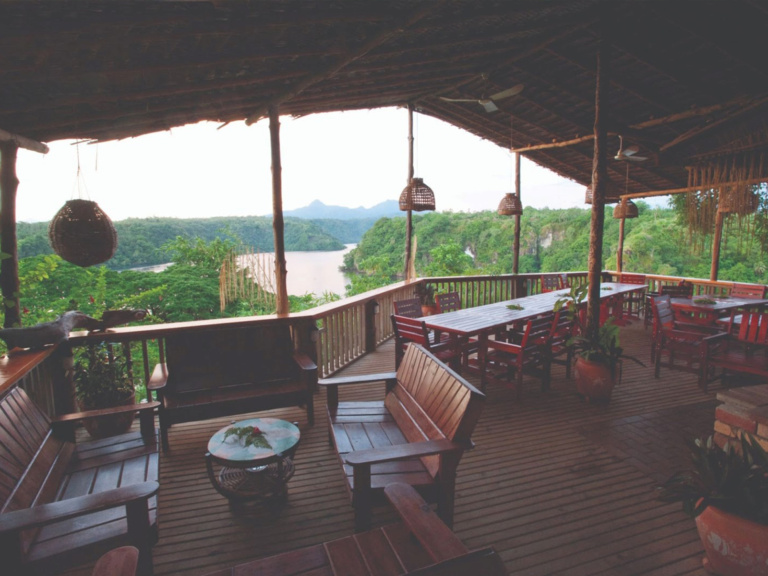
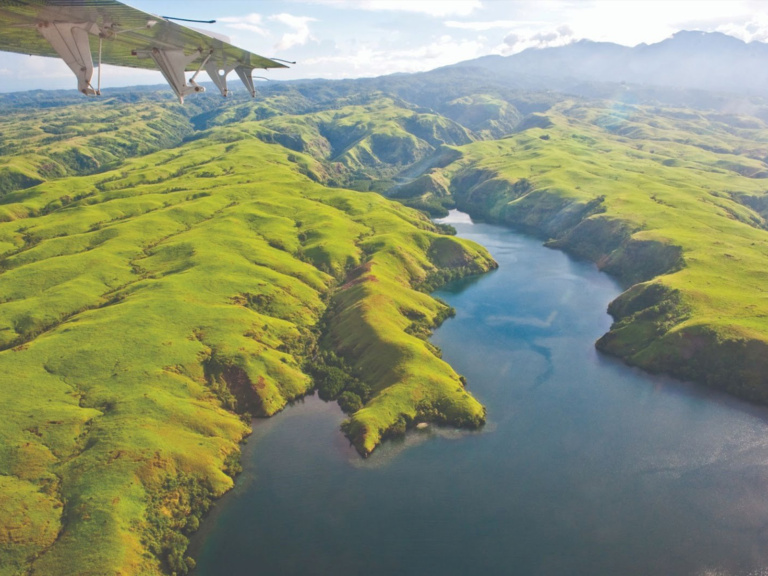


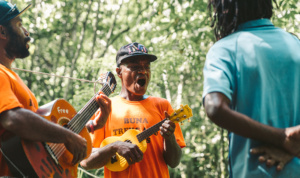
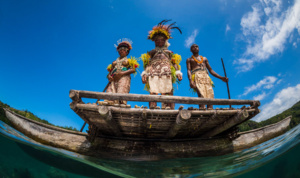






Thank you for submitting your proposal for the Visital Arrival System (VAS) Upgrade! We will take a look at your submission, and should you be successful, we will contact you.
However, if you do not hear from us, please consider your submission as unsuccessful.
Kind regards,
The Papua New Guinea Tourism Promotion Authority

Thank you for submitting your business form. We will have our team look over the details and then contact you once we have added your details to our website.